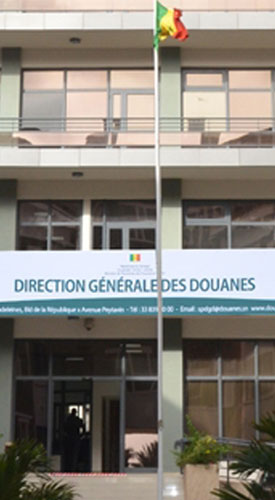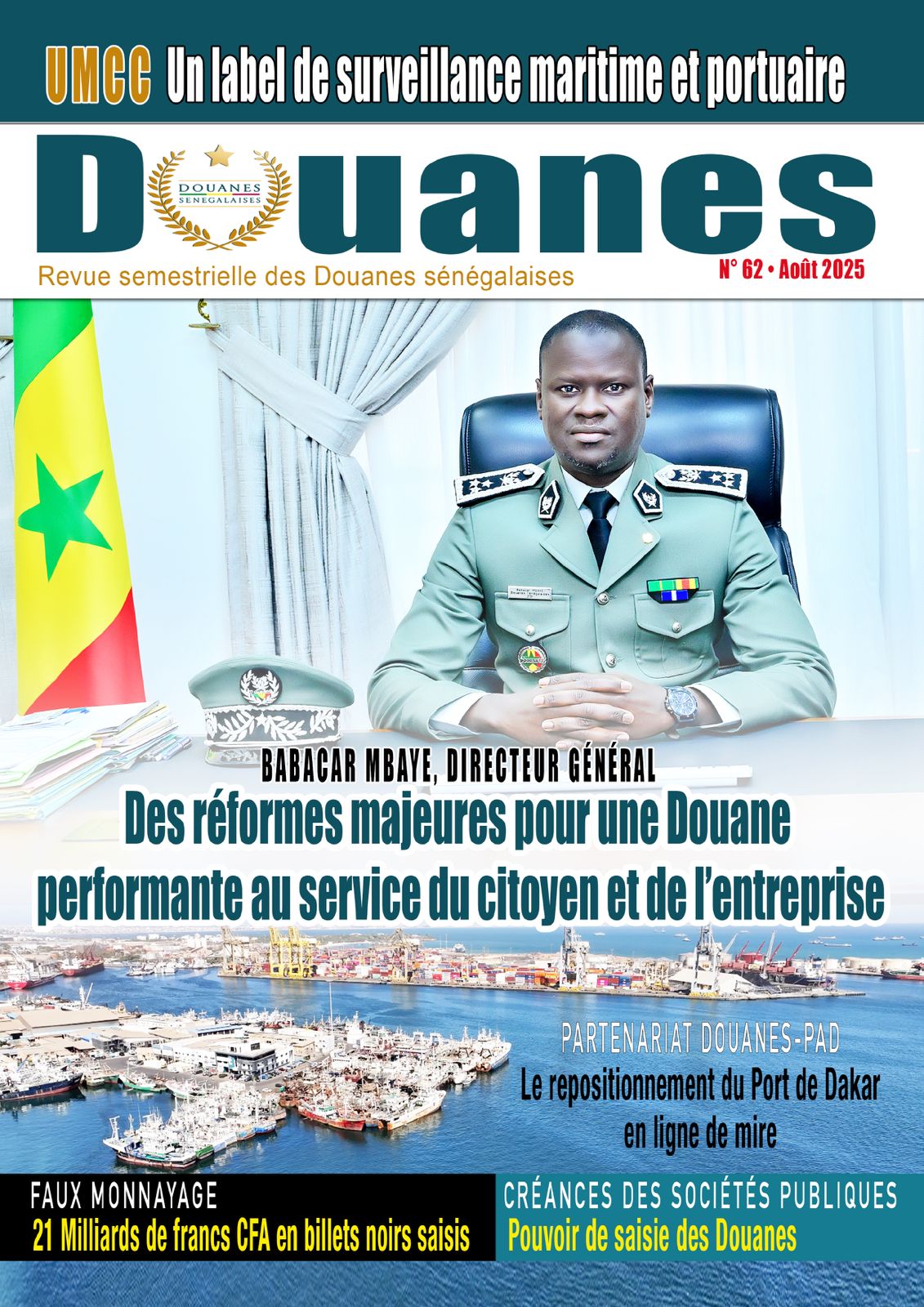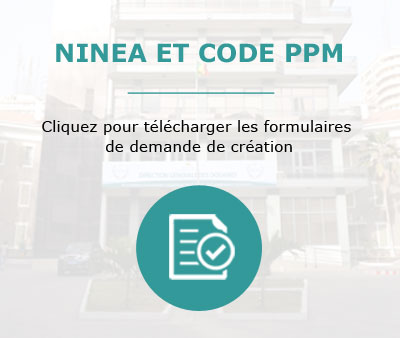The routing in Customs
It covers all mesures allowing a perfect routing of imported merchandises towards the appropriate customs office or station. Customs routing formalities vary according to the means of transport.
Transport by seaway
Merchandises to be transported by seaway to Senegal are registered in a document called « manifesto » which is signed and dated by the ship’s captain. The latter has to present it to the customs services upon first requisition when the boat enters the sea area of the customs’ radius.
The Manifesto is handed within the 24 hours following the ship’s arrival, sundays and holidays are not included.
Transport by airway
Just as for the transport by sea, merchandises transported by airway should be listed in a signed manifesto by the aircraft captain. It is handed to customs office services as soon as the airplane arrives or, if it lands before the opening of the customs office, as soon as the latter opens.
Ground transport
All merchandise imported through ground borders should be routed towards the next customs office by a roadway called « legal road », designated by Ministerial ruling.
The transporter of the merchandise should hand the roadmap (which serves as the manifesto) to the first customs office or post, who will list the transported goods.
Going through customs
As soon as they enter the customs territory, the imported goods go through take over formalities, in order not to let them escape from customs surveillance and preventthem to be unlawfully sold on the market without clearance.
Going through customs means presenting the transported merchandise and the deposit of the transporting document (manifesto, wholesale sheet, transit permit, etc.), which forms the summary declaration at the customs services.












